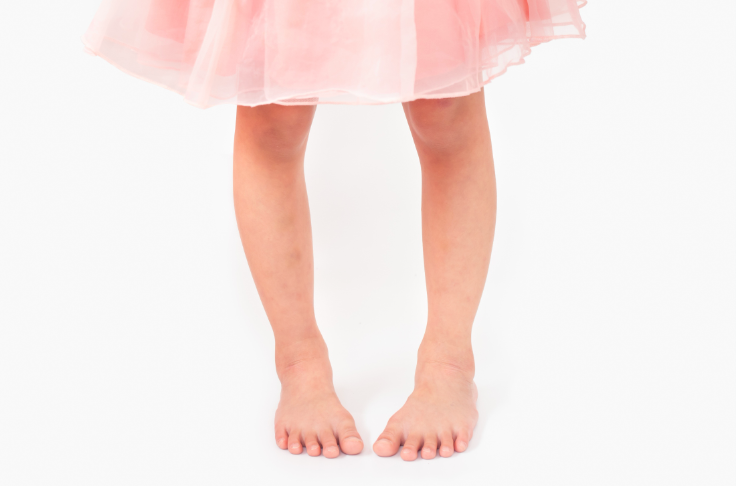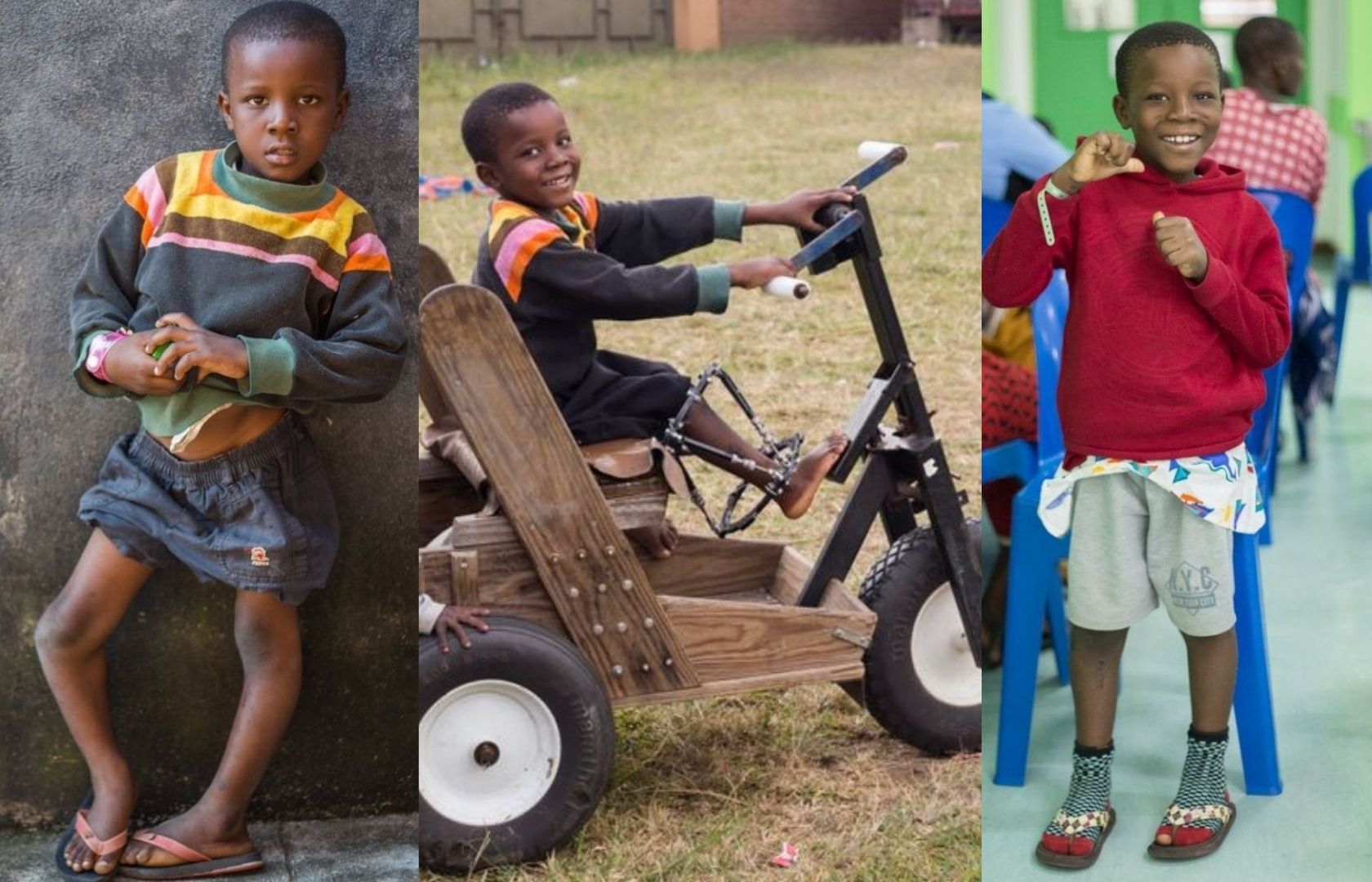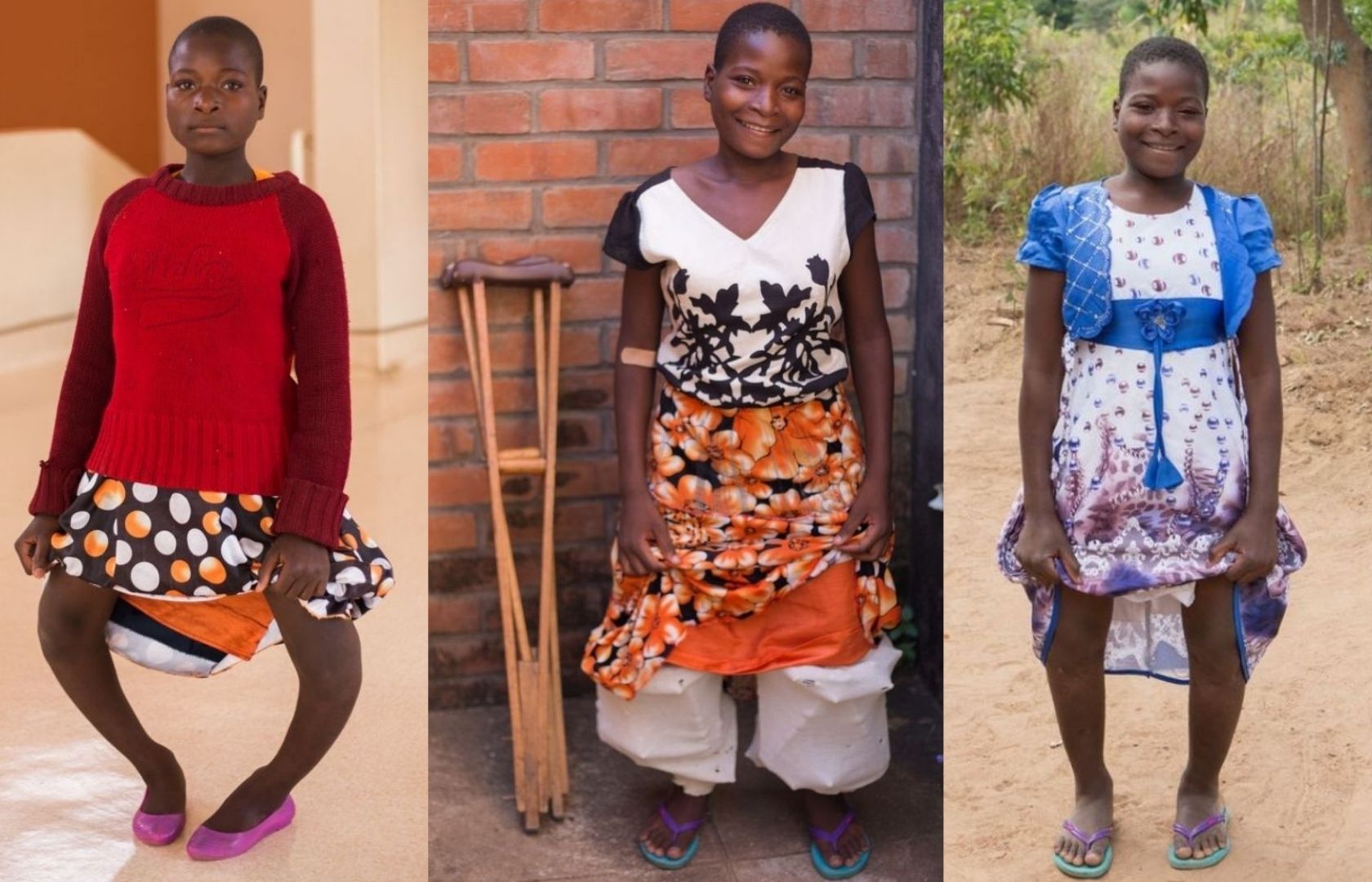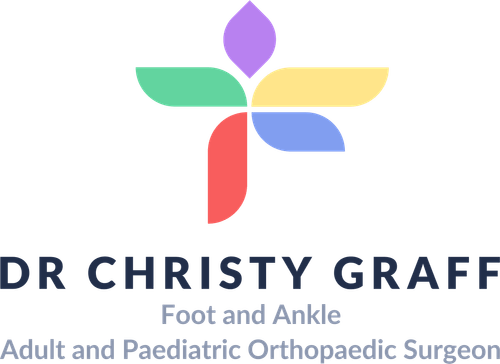Bowed Legs (genu varum)
What are Bowed Legs?
Bowed legs are characterised by a distinct space between the knees and lower legs, which may result from one or both legs curving outward. This condition is common in toddlers; generally, the legs will straighten as the child grows. However, if it persists, there may be an underlying cause, and treatment may be required.


Impact of Bowed Legs on Anatomy and Health
Bowed legs can have significant effects on the body's anatomy and overall health if left untreated:
- Joint Stress: The uneven distribution of weight puts added stress on the knees, hips, and ankles, increasing the risk of joint pain and osteoarthritis.
- Posture and Gait Issues: The abnormal curvature can affect posture and walking patterns, leading to discomfort and difficulty in movement.
- Muscle Imbalances: The muscles and ligaments around the legs and lower back may become strained or imbalanced due to the altered alignment.
- Reduced Mobility: Severe cases can lead to limitations in movement and difficulty participating in physical activities.
Risk Factors for Bowed Legs
Several factors can increase the risk of developing bowed legs:
- Infants and Young Children: Bowed legs are a natural developmental stage in babies and toddlers, but typically correct themselves by age 3.
- Family History: A genetic predisposition can make some individuals more prone to bowed legs.
- Nutritional Deficiencies: Lack of essential nutrients like vitamin D and calcium can weaken bones, leading to conditions like rickets that cause bowed legs.
- Underlying Medical Conditions: Disorders such as Blount’s, Paget’s, or bone dysplasia can increase the risk.
Causes of Bowed Legs
- Physiologic – a normal part of growth and development (most common), seen from birth until 2-3 years of age.
- Blount’s disease – an abnormality in the growth plate of the tibia.
- Rickets
- Trauma
- Skeletal dysplasia
- Infection
- Benign tumours or tumour conditions
When should parents be concerned?
Bowed legs in toddlers usually aren’t cause for concern and should improve as your child ages. It will most commonly resolve at 3 years of age with normal development. However, it may be abnormal if there is:
- A limp or pain
- Difficulty in walking
- Only one leg is affected, or one leg is significantly worse than the other
- Severe
- Deformity beyond 3 years old
- Progressive deformity
- Short statured
- A traumatic event
- A known underlying condition
Symptoms of Bowed Legs
- This condition is often asymptomatic, especially in children.
- Unusual walking pattern – this can be in combination with inward rotation of the feet (in-toeing).
- Knee instability or giving way
- Hip, knee and ankle discomfort or pain.
- Difficulty running
Prevention of Bowed Legs
While not all cases of bowed legs can be prevented, the following strategies can help reduce the risk:
- Ensure Proper Nutrition: Adequate vitamin D and calcium intake is crucial for healthy bone development. Sunlight exposure and a balanced diet can help prevent rickets.
- Timely Medical Checkups: Regular checkups can identify and address early signs of bowed legs.
- Prompt Treatment of Bone Injuries: Proper care and rehabilitation of leg fractures can prevent improper healing that may lead to bowing.
- Early Intervention for Growth Disorders: Addressing conditions like Blount’s disease or bone dysplasia early can minimise their impact.
- Physiotherapy: Exercises that strengthen leg muscles and improve posture may help manage mild cases and prevent pain.
Types of Bowed Legs
Bowed legs can be classified into different types based on their cause and presentation:
- Physiological Bowing:
- Common in infants and toddlers, often due to their fetal position in the womb.
- Typically resolves naturally by the age of 2–3 as the child grows.
- Blount’s Disease:
- A growth disorder affecting the tibia (shinbone), causing excessive inward angling below the knee.
- Can occur in early childhood (infantile) or adolescence (adolescent Blount’s disease).
- Rickets-Induced Bowing:
- Caused by a deficiency in vitamin D, calcium, or phosphate, leading to soft and weak bones.
- Results in progressive and often symmetrical bowing.
- Traumatic Bowing:
- Results from improper healing of leg fractures or injuries, leading to a bowed appearance.
- Pathological Bowing:
- Associated with underlying medical conditions such as bone dysplasia, osteogenesis imperfecta, or Paget’s disease.
- Arthritis-Related Bowing:
- Found in older adults due to knee joint degeneration or osteoarthritis.
Diagnosis of Bowed Legs
Dr Graff will take a history and examine the legs and likely organise x-ray imaging for further assessment.
Management and Treatment of Bowed Legs
The most common cause of bowed legs in children is physiologic bowing, and treatment is rarely needed. The legs usually straighten as the child grows; most children will grow out of the condition by age 3. Depending on the underlying cause and extent of the deformity, bracing, surgery, or a combination of both may be used.
Surgery is only required if a severe deformity is present or persisting, the deformity is asymmetric, and there is significant difficulty with pain or mobility, which could be improved.
While your child is still growing (before the age of 13 - 14 for girls and 16 - 17 for boys), using guided growth (small metal plates or screws over the growth plate) is a small, usually day case procedure to help correct over time. After growth has stopped, larger surgery may be required to correct the deformity.


What if Bowed Legs are Untreated?
If left untreated, bowed legs can lead to several complications, especially in moderate to severe cases:
- Chronic Joint Pain
- Early-Onset Osteoarthritis
- Mobility Issues
- Posture Problems
- Psychological Impact
- Worsening Deformity
- Reduced Quality of Life
Timely diagnosis and appropriate treatment are crucial to managing bowed legs and preventing these complications.
